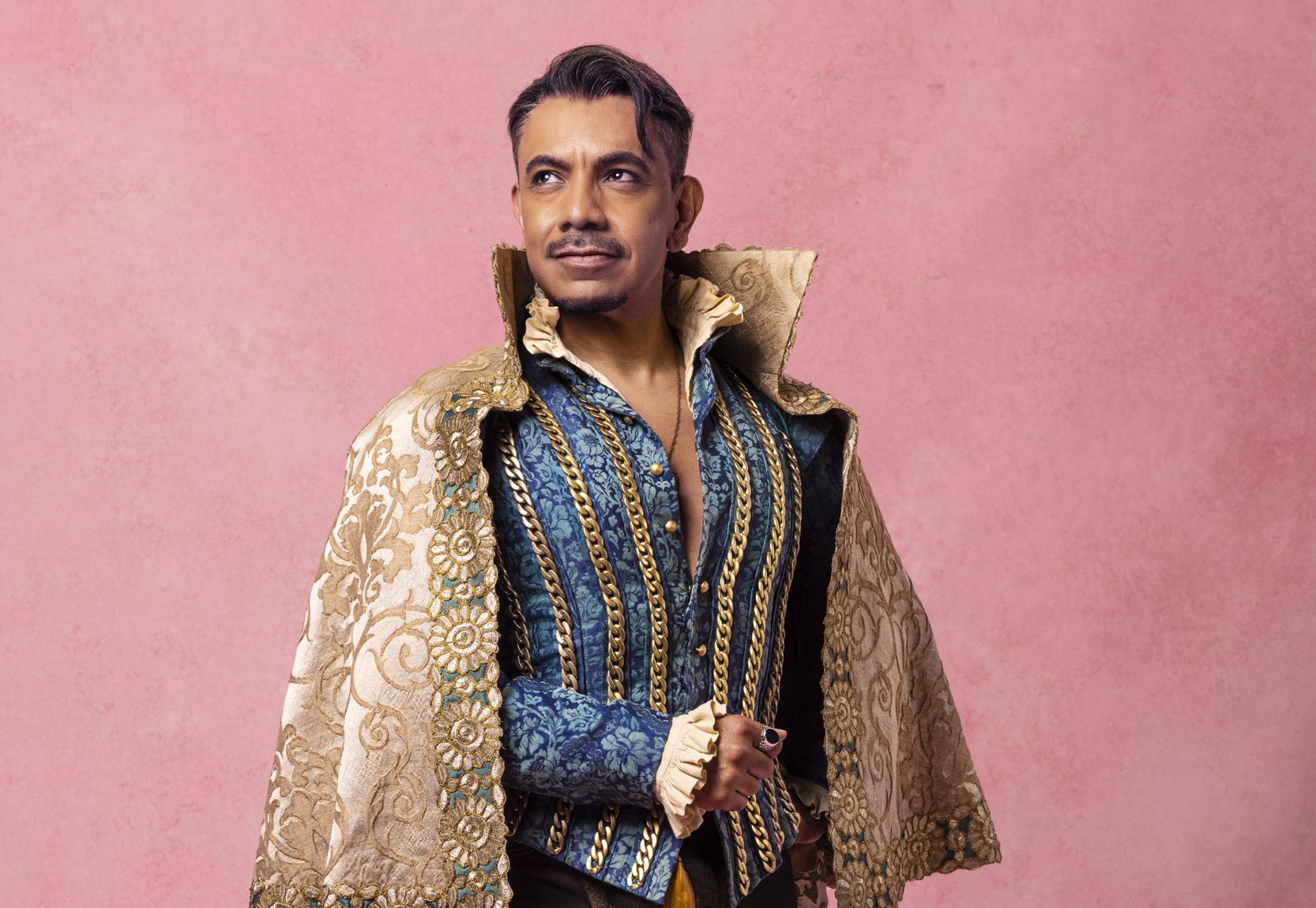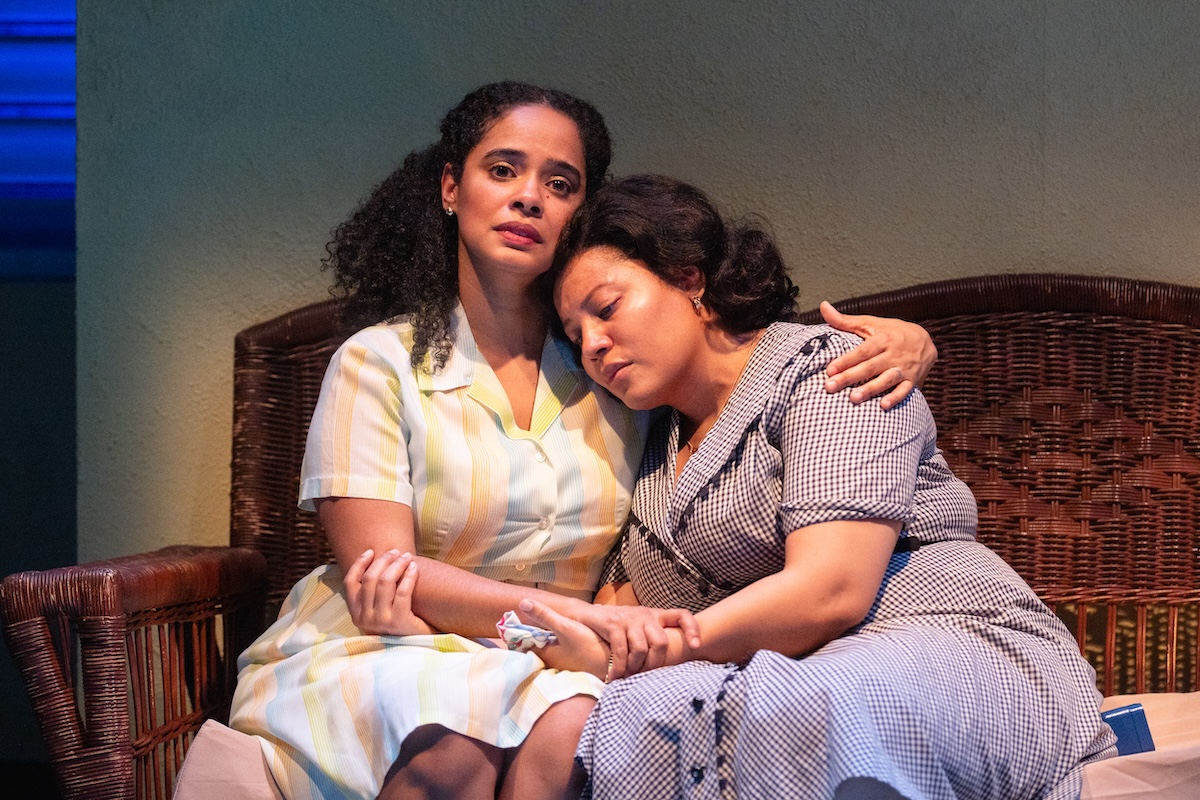The Romance of Magno Rubio

(Photo: Lita Puyat)
The Romance of Magno Rubio, Lonnie Carter’s adaptation of a short story by Carlos Bulosan, takes place on a farm in 1930s California where a young Filipino immigrant named Magno Rubio works. Short, illiterate, and with hideous teeth, he is picked on by the other men, yet Magno’s sweetness and unsurpassed determination earn him a kind of respect from them.
At the beginning of the play, his fellow workers enter and shout out the tale of Magno Rubio, banging rhythmically on whatever makeshift instruments they can find. Magno Rubio’s romance is his long distance courtship of an Arkansas woman named Clarabelle, whom he has never met. Nick, a well read romantic (and, presumably, a stand-in for Bulosan), writes the letters for the illiterate Magno. While Nick and all of the other men realize right away that this woman is only using Magno for gifts and money, which he works tirelessly to earn, none of them seems to have the heart to tell him — except Claro, who periodically taunts the heartsick young man and may or may not be vying for Clarabelle’s affections as well. Magno eventually proposes marriage to Clarabelle and she accepts — but she keeps putting him off, making excuses, and demanding more money. When she does finally show, she is (to say the least!) unimpressed upon coming face-to-face with Magno, and she doesn’t stick around long.
In his adaptation of Bulosan’s tale, Carter livens up the sedentary plot with dialogue that frequently diverges into chants and rhymes and, eventually, into song (music is provided by Fabian Obispo). Carter does well to use so much poetry and music here, as it not only fattens up the story but also helps us to understand how these men don’t go out of their minds as a result of their living conditions. Director/scenic designer Loy Arcenas has had a wire fence erected near the lip of the stage, behind which nearly all of the action takes place; this gives a real sense of the five men being cooped up in their small bunkhouse, where they must while away so many hours because they can’t find work. Music and storytelling (not to mention card games) help them get through days of stupefying boredom.
If the doggerel-like verses that pepper the play are uneven in their impact, Carter’s mix of styles makes for a refreshingly different kind of storytelling, like a collage of the ways in which Magno’s story might have been passed through the crowded, dirty homes of tired, immigrant laborers. And the mix of English, broken English, broken Spanish, and Tagalog (Ralph B. Pena provides the text for the latter) gives the story a historically authentic sound; as one can imagine just such a linguistic mélange permeating the air of Depression-era California farms.
Presented by the Ma-Yi Theater Company, a group that specializes in works about the Filipino-American experience, this production features several company regulars in the cast. Orlando Pabotoy is flawless as Magno Rubio, the lovable doofus with a strong back and a good heart. Art Acuna is very good as the patrician Nick, and Jojo Gonzalez plays the surly Claro as a lovable bad guy. Rounding out the cast are Ramon de Ocampo and Ron Domingo, each of whom has a chance to shine — de Ocampo as the epistolary voice of Clarabelle and Domingo in a memorable scene with the sorrowful Magno.
Magno Rubio is an unlikely protagonist, but that’s the idea. The men who traveled to California from the Phillipines during the Depression to work on farms all day and sit in loneliness at night are too jaded to appreciate a typical hero. It’s a runt like Magno — a hard worker, a romantic, and a survivor, just like them — whom they sing stories about.










